Like many crusty bronze coins, it’s a gamble whether the surfaces below are stable. Patinas under these entombed dirt coins can be either perfectly preserved, patchy, or completely non-existent.
Below you can see the condition of the coin before cleaning.
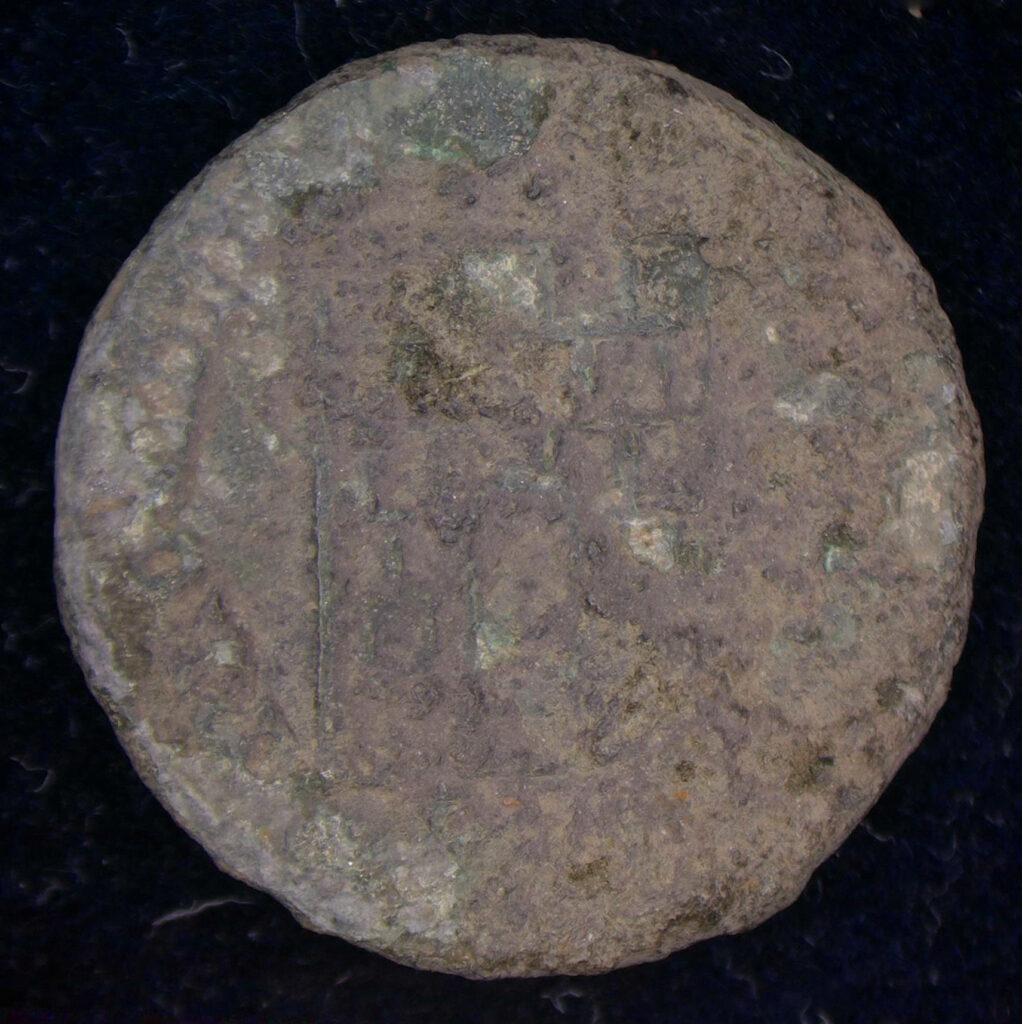
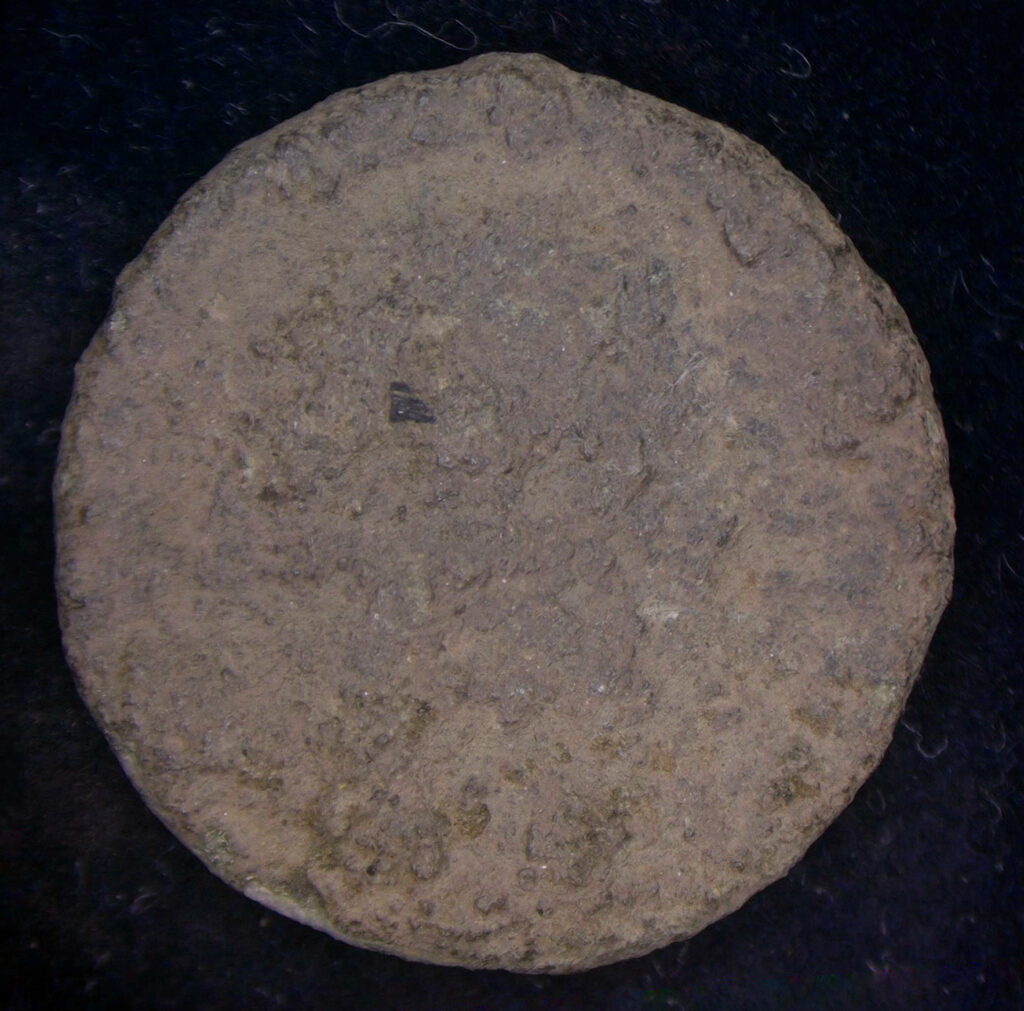
Based on the reverse, it was very clearly a “camp gate” issue Constantine the Great AE3. These were issued in the millions under Constantines rule and were very common. Most lots of uncleaned bronze coins contain a few “camp gate” issues. The question became how much detail I could reveal and how strong was the patina below.
The Tools
This crusty coin spent a long time soaking in distilled water before I started cleaning it. I worked on it under
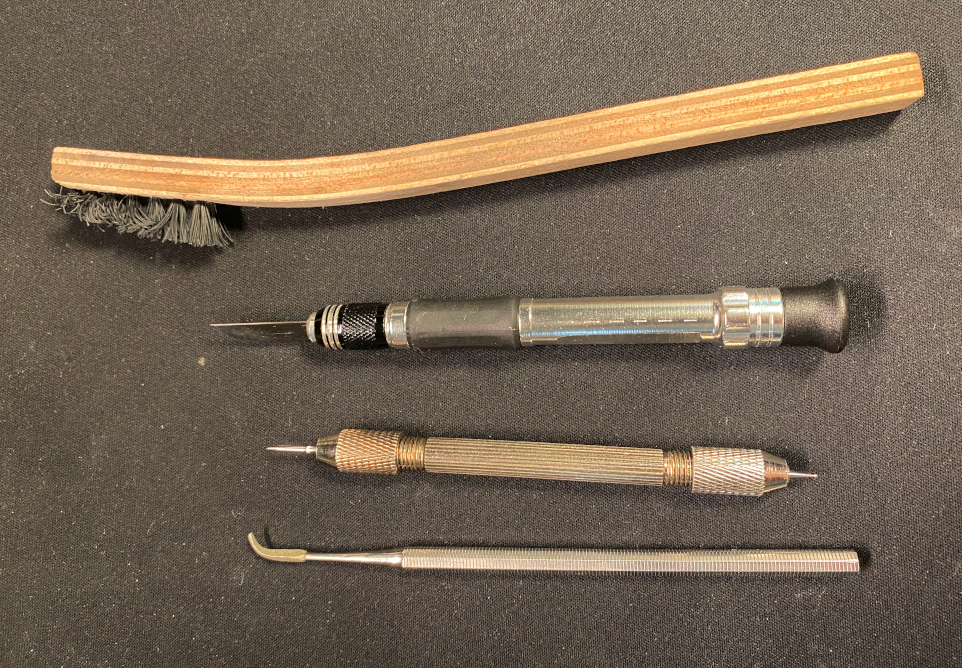
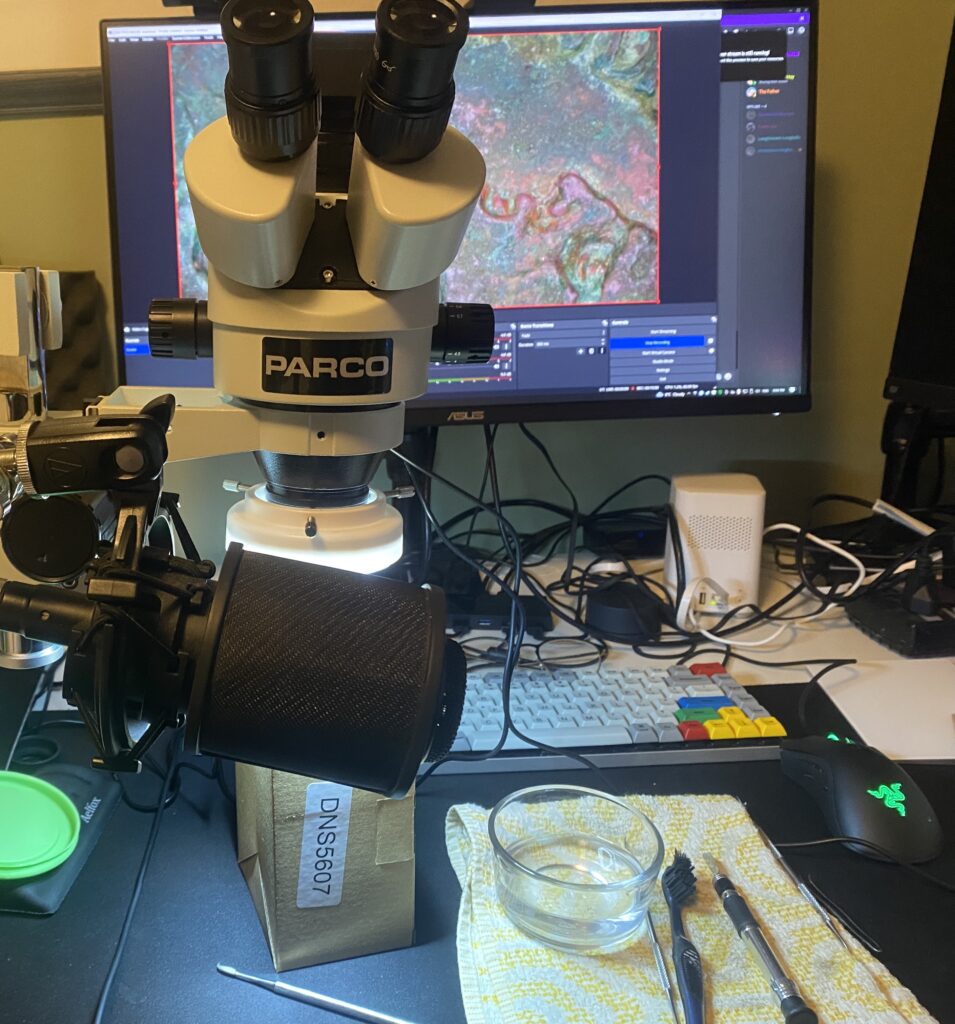
I started off using a scalpel and harsh abrasive tools to remove the top many layers of encrusted concrete like dirt.
Once I got to the bottom layer of dirt I exclusively used the pin tool for details and scalpel for fields.
This is the result of the reverse and obverse below.
Unfortunately, the patina below was not stable on both sides, which is very common depending on the climate the coin was buried in. When working with these coins you have to have to strength to never go past the details the coin provides.
Any detail cleaning past what I have revealed (by removing deposits) would be considered “tooling” and effectively drawing on the coin, which would then require chemical re-patination which is highly frowned upon. What you see below is what the bronze, good or bad, has to offer.
You can see the lack of stability in the orange and green exposure of the underlying core of the coin.
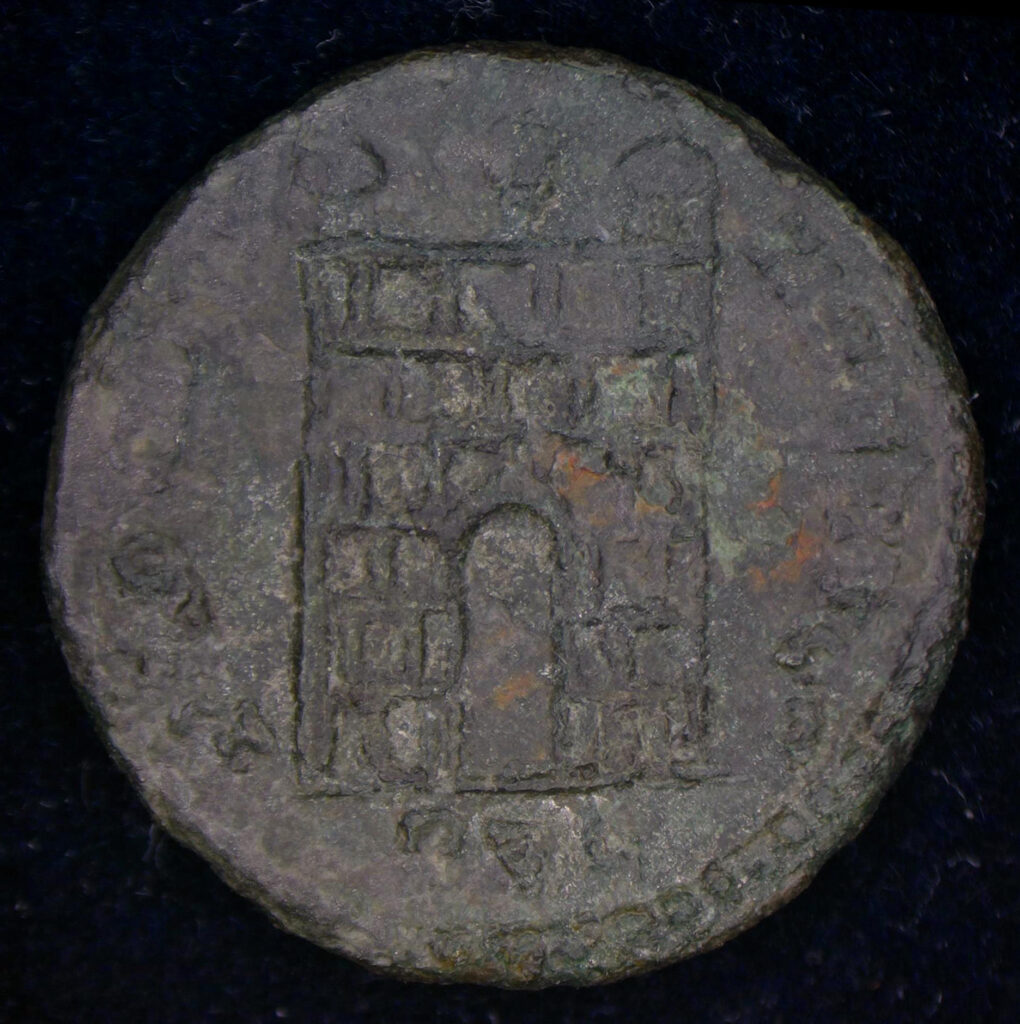
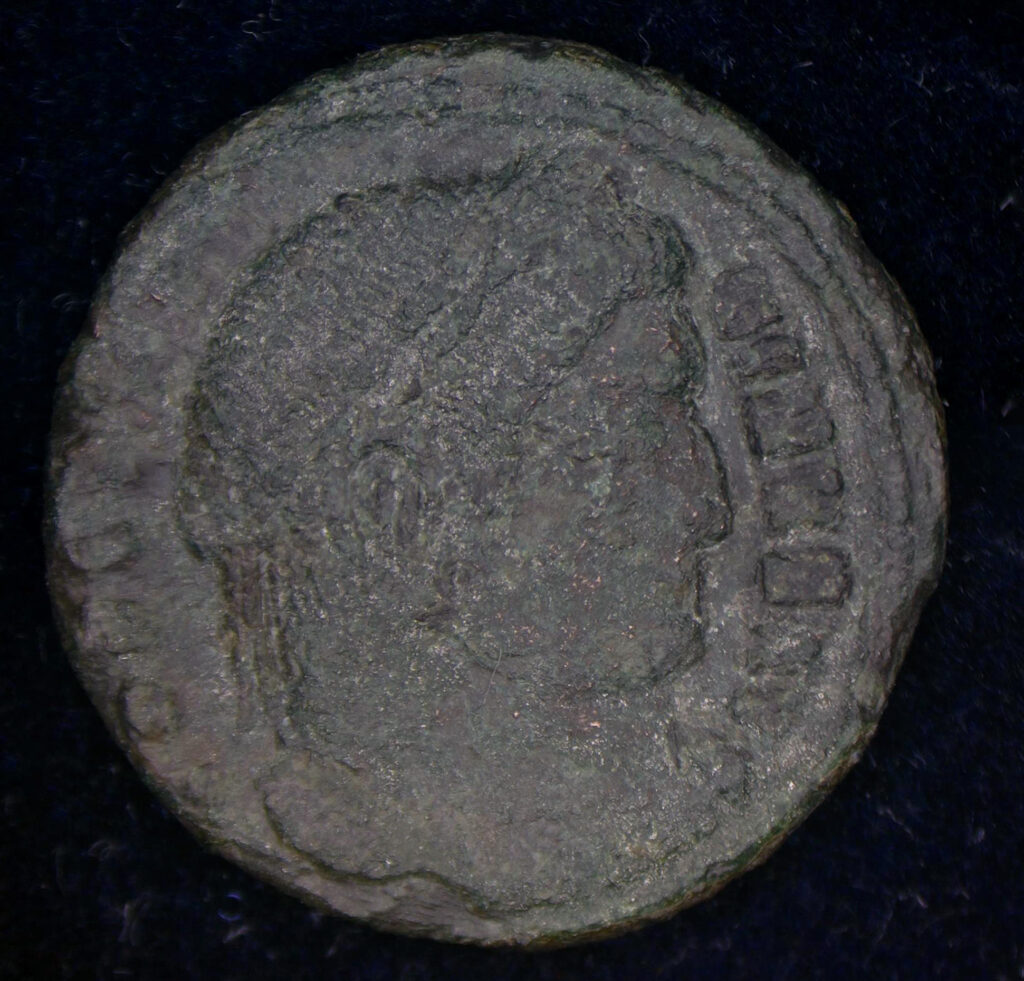
Before and After
Thanks for reading! If you have and comments please leave below!
